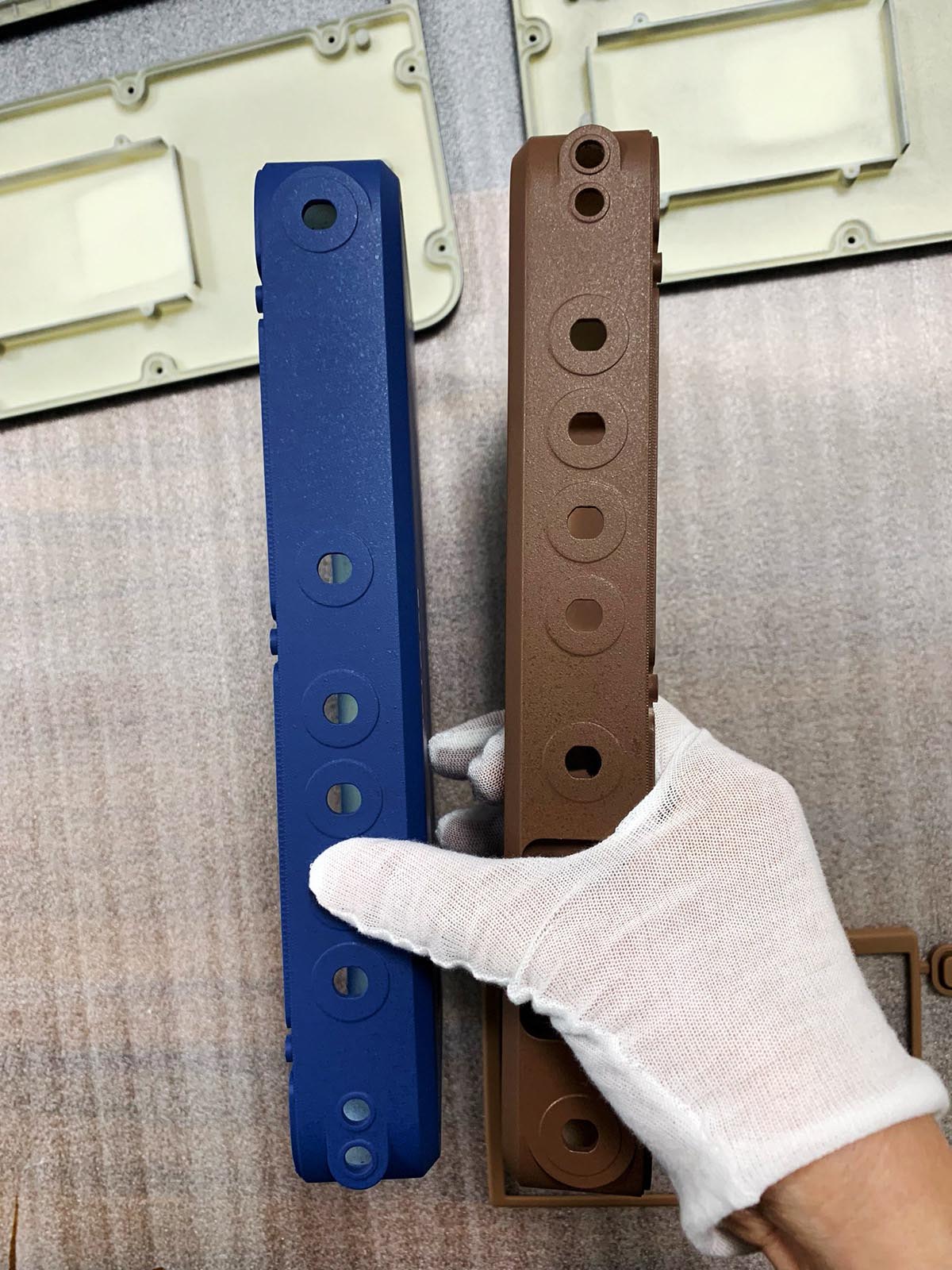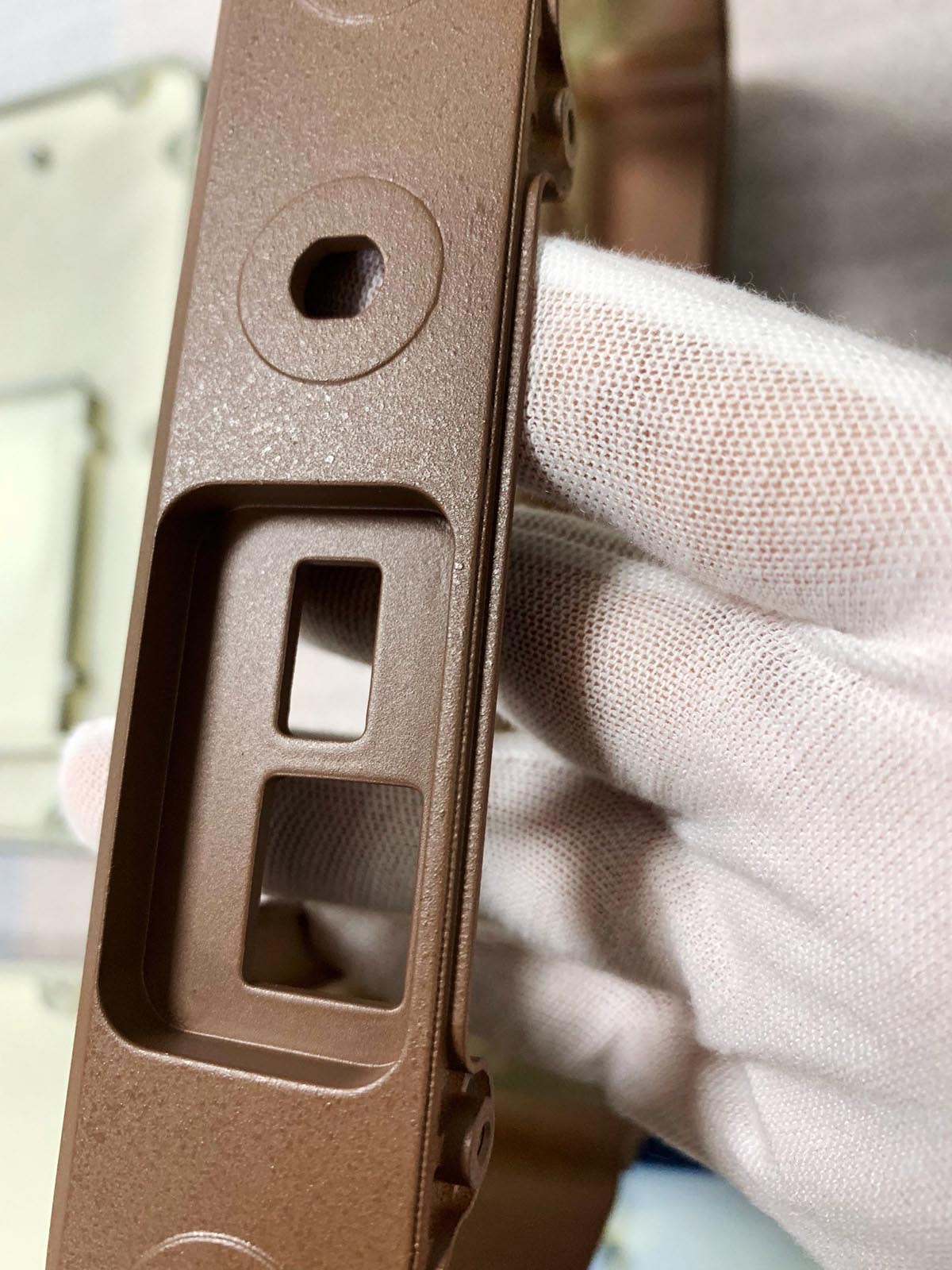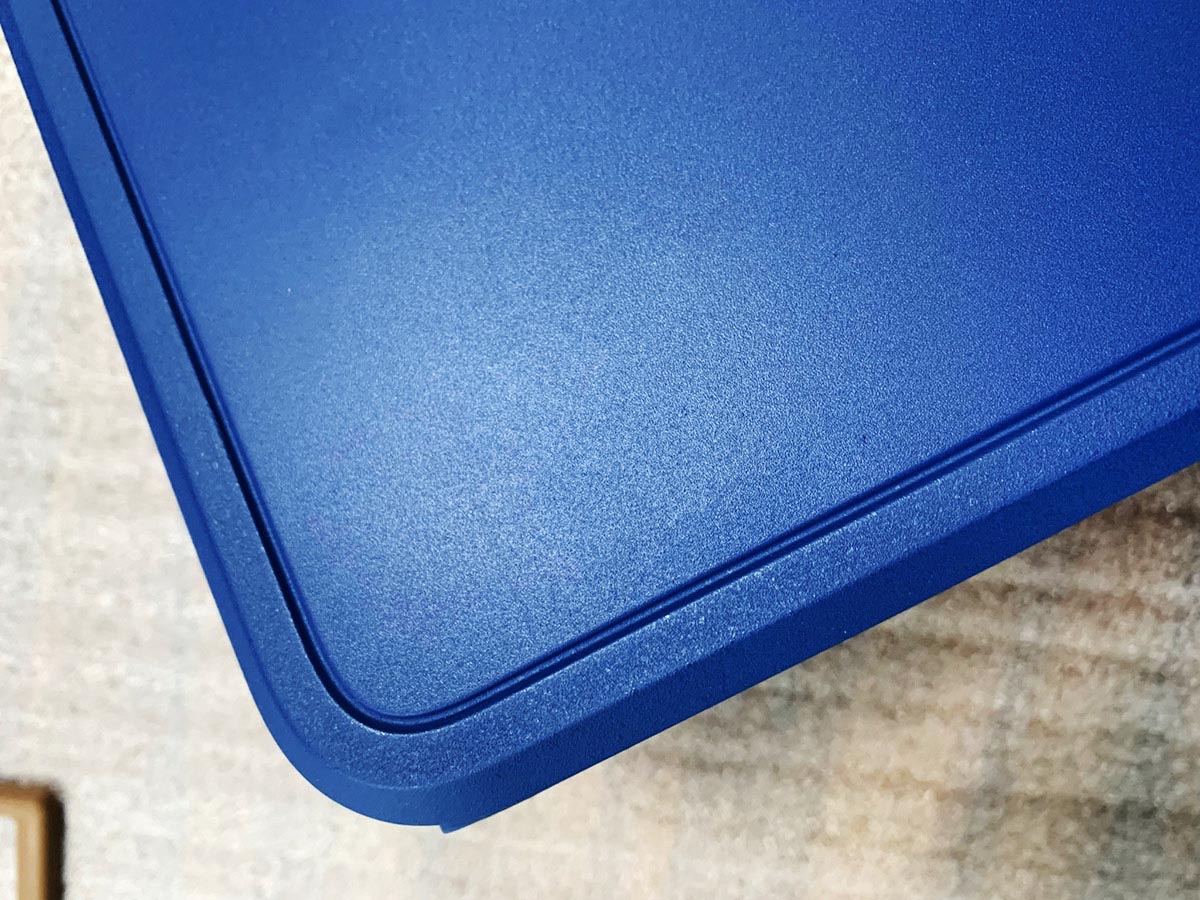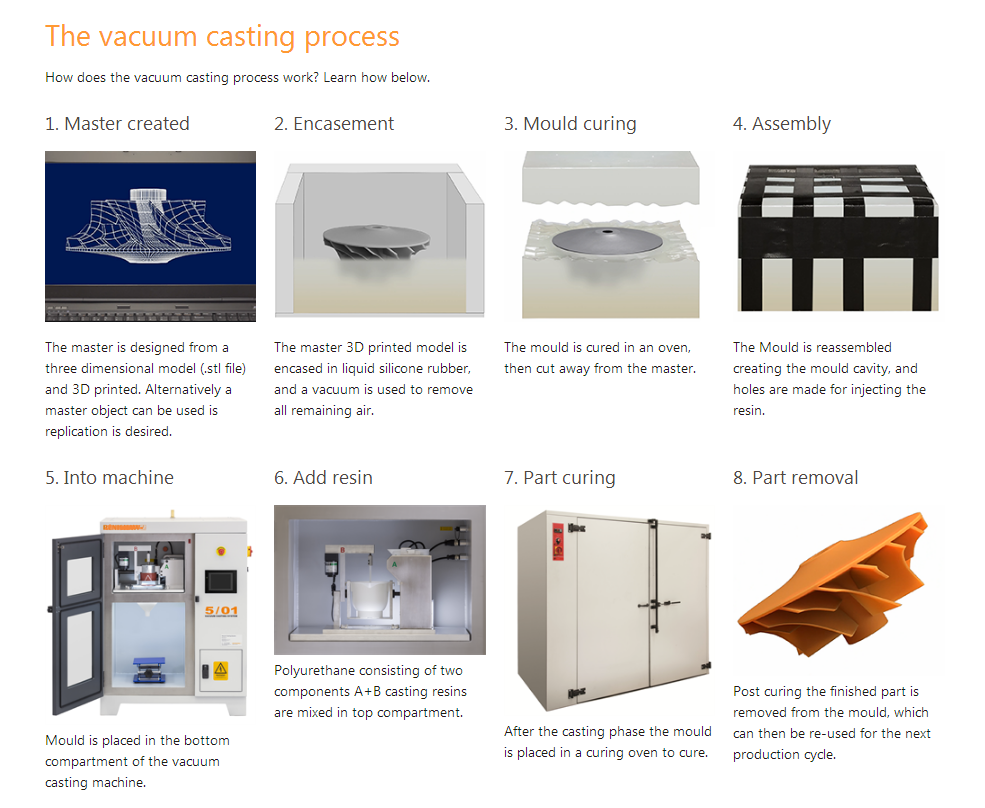WHAT IS VACUUM CASTING?
The vacuum casting technology is widely used for small batch prototype production because of its short time and low cost. The range of applications for Vacuum Casting parts is also massive,including automotive and aerospace, pharmaceutical and medical, telecommunications and engineering, to food production and consumer goods.So the materials used in Vacuum Casting must accurately simulate a similarly vast range of industrial materials including ABS, polycarbonate, polypropylene, glass filled nylon, and elastomer rubber.
ABS
Acrylonitrile butadiene styrene is popular due to its low production cost
PP
Polypropylene is one of the most widely used plastics and is very easy to mould.
GLASS FILLED MATERIAL
Glass filled polymers increase structural strength, impact strength, and rigidity.
PC
Polycarbonate offers high impact resistance and is available in transparent variations.
RUBBER
Rubber like materials are tough and have good tear strength. They’re ideal for gaskets and seals.
VACUUM CASTING PRODUCTS



How does the vacuum casting process work? Let’s see below:
1. Before making the silicone mold, we need to make a sample first as per the client's 3d drawings. The sample is usually made by 3D printing or CNC machining.
2. Then start making a silicone mold, silicone and curing agent need to be mixed well. The appearance of silicone mold is a flowing liquid, A component is a silicone, and B component is a curing agent. After the silicone and curing agent are mixed well, we need to evacuate the air bubbles. The time of vacuuming should not be over 10 minutes, otherwise, the silicone will be cured immediately.
3. After that, we filled in the mold with the resin material and placed it in the vacuum chamber to ensure that there are no air bubbles in the mold. This is to ensure that the final product is not ruined or damaged.
4.The resin is placed in the oven for the final cured stage. Post-curing the finished part is removed from the mold, which can be reused for the next production cycle. Normally, one silicone mold can make 10-20 pcs samples.
Finally, the prototypes can be polished and painted in any color as per the customer’s requirements.

If you’re looking for a vacuum casting prototype or need the professional advise on which materials are most suitable to achieve the properties you need ,we’re happy to offer expert advide and guidance in every situation for any prototyping requirement .
Email us at admin@chinaruicheng.com or contact us
Post time: Sep-03-2022
